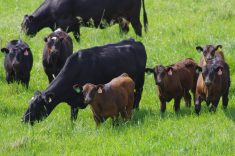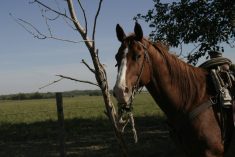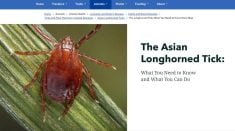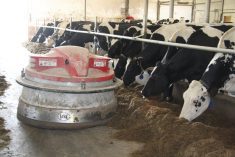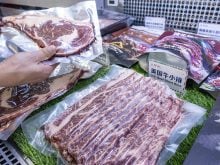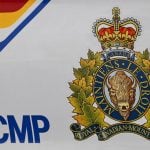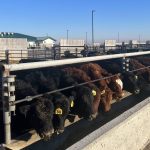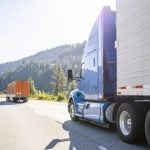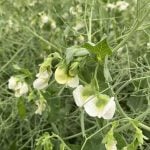RENO, Nev. — Not all calves are created equal so it follows they all don’t need the same feeding program to bring them to optimum weight.
Wayne Scofield, of Rapid City, S.D., started collecting data nine years ago after noticing that body type in his own herd had more to do with an animal’s performance than its breed. He has collected information on body types and the ultimate performance of 150,000 animals.
“Based on their differences in frame and muscle pattern they have different ages of maturity and they need to be fed to different end weights,” he said.
Read Also
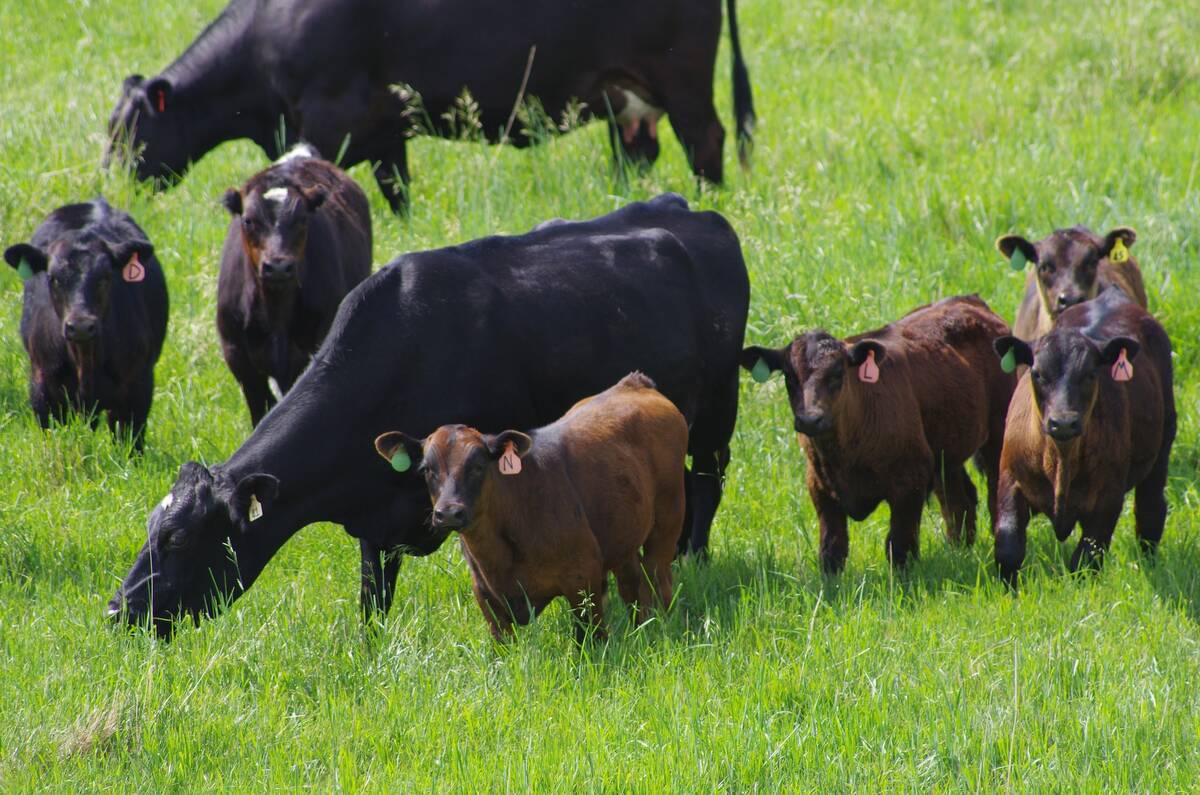
Manitoba extends Crown land rent freeze
Manitoba government links the continued rental rate freeze on grazing and forage leases to economic and environmental challenges facing the industry
Scofield’s computerized body scanning system was on display at the recent National Cattlemen’s Association convention in Reno.
Shape determines carcass
Scofield says an animal’s body shape determines what kind of carcass it will eventually produce. The three types are labelled A for the early maturing thick type, B for a moderate animal and C for long, tall and narrow-framed.
“If you just sort by weight, you’re not going to get the different biological types. You’ve got to sort for both weight and shape in order to get cattle into uniform groups,” he said.
This system uses a computer to decide how much and how long to feed an animal so it can achieve a certain thickness of backfat or level of muscling.
As the push continues for more uniformity and consistency in beef carcasses, Scofield believes monitoring body shape may help achieve a better product. People like beef but one out of every six beef meals is unpleasant because of tough meat and too much fat. Consumers never know what their next steak will be like, he said.
“If we can get some consistency in our product our market share of the protein sources for consumers is going to get back to where it once was.
“We’ve found so far that it isn’t a particular color pattern or breed. It’s a particular shape that seems to do a better job than some other shapes.”
Scofield’s system is simple. The animal walks through a chute where video cameras are suspended overhead and on the side.
The body image is transmitted to a computer that classifies body type as A, B or C.
The computer is accurate 90 percent of the time in assessing an animal’s type, how long it needs to be on feed and when it has hit the perfect sale weight.
An animal’s shape changes as it ages and with this program the computer can separate older animals from younger ones so they don’t get into the general population and the wrong feeding program, Scofield said.
After animals are sorted each receives a color-coded ear tag so they can be sorted appropriately and feedyard staff will know when they should be shipped.
The computer also provides information to trace which animals produced the most desirable carcasses for the meat trade.
Frame affects breeding
It will also tell cow-calf and purebred breeders which bulls and cows are giving them the most desirable frame and muscle scores so breeding programs can be adjusted.
Four American feedlots ranging in size from 8,000 to 70,000 head are using the scanner. In any yard it can serve as a one-stop procedure where the animal can be identified, weighed, analyzed and inoculated, Scofield says.
It may also be useful in classifying hogs and replacement heifers.



